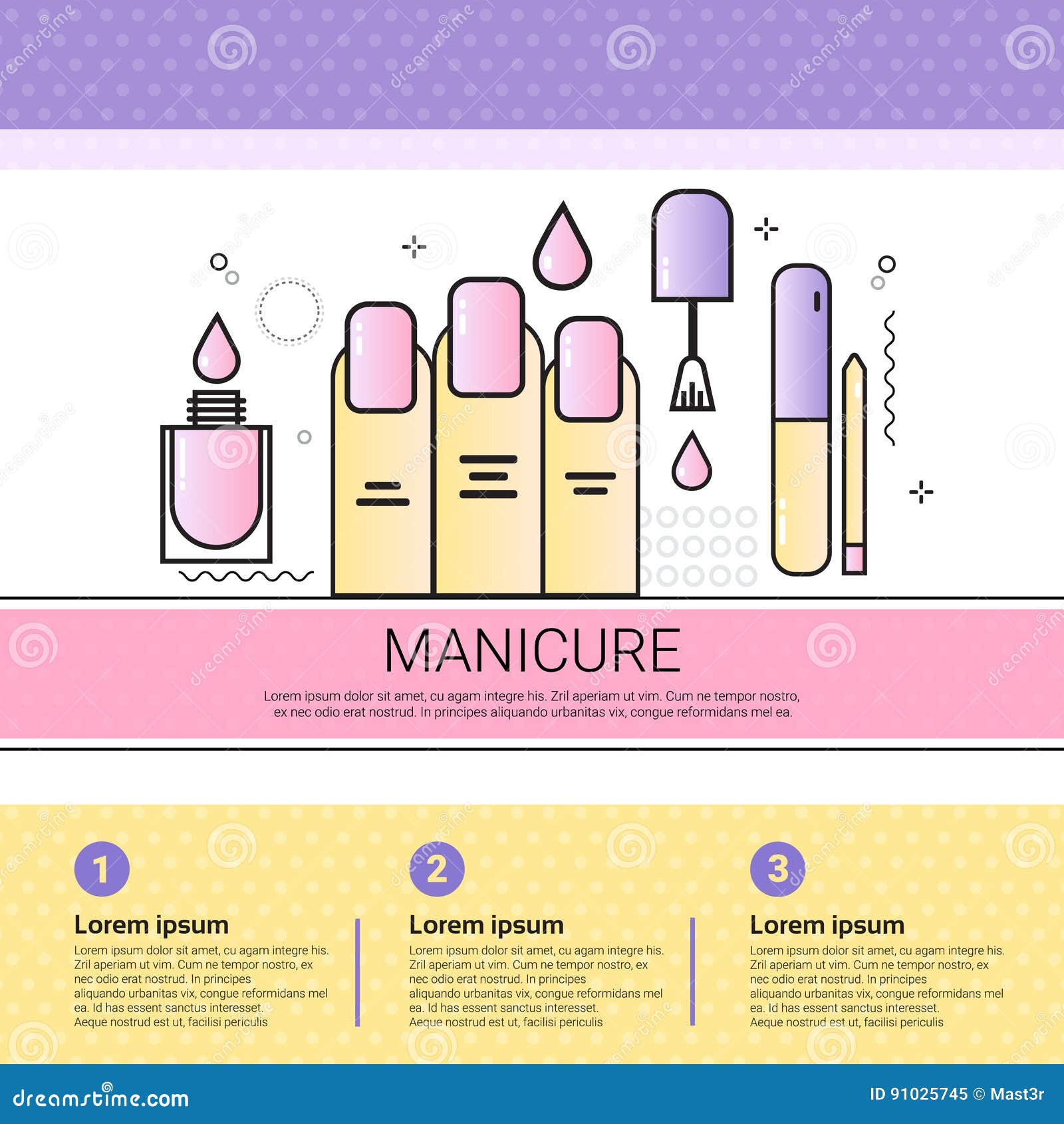Massages aren’t always comfortable, especially when targeting tight, tense muscles. However, this discomfort should be short-lived and similar to the soreness experienced after a vigorous workout.
Moreover, sports massages can cause muscle soreness because the techniques stimulate muscles that clients may not use regularly. The soreness usually lasts a day or two.
What to Expect
Whether you're an elite athlete pushing the boundaries of physical endurance or a weekend warrior fighting off aches from strenuous exercise, sports massage can help improve performance, reduce recovery time and boost your general wellbeing. But a key thing to remember is that this type of treatment isn't a cure-all for injuries, illnesses or ailments.
Before a sports massage, it's important that you don't eat a large meal as this could make you feel bloated and uncomfortable during the session. It's also worth mentioning to your practitioner any known medical issues that you have.
This is so they can ensure that the techniques used are safe for you. It's common to feel sore after a sports massage for a few days as your body metabolizes the toxins that have been flushed from the soft tissue. It's also important that you don't have a sports massage whilst you have a viral infection as it could cause the virus to spread.
Preparation
The preparation process is key to a successful, pain-free sports massage. It’s important for clients to shower, dress comfortably and communicate with their therapist to ensure they’re comfortable throughout the session. It’s also vital that clients stay hydrated, as the body will lose a lot of fluid during a sports massage. Find out more about why staying hydrated is so important in our recent blog.
Unlike general massages, the goal of sports massage is to aid muscle-tissue recovery. This is achieved through deeper techniques which target specific problem areas. This can lead to some discomfort or soreness, but it’s important that clients communicate with their therapists so they can make adjustments to the pressure if necessary.
In addition, it’s crucial to understand that massage isn’t a one-size-fits-all treatment and that the techniques used will vary depending on a client’s needs and the goals of the session. Inappropriate or excessively deep techniques can damage muscle tissue and result in a painful experience.
During the Massage
A typical sports massage is a combination of soothing, flowing strokes to relax muscles with shorter, firmer movements to work deep into muscle tissue and dislodge knots. This can feel a little uncomfortable at times, but should never be painful. If the pressure is too much, speak to your therapist immediately and they can ease back off.
The massage is also designed to increase the body’s temperature by generating heat through friction between the skin and the fibres of the muscles. This helps improve the flexibility of muscle fibres, fascia tissue, ligaments and tendons.
The heightened blood flow that happens during a sports massage also helps with flushing out toxins in the soft tissues. This can leave you feeling a little cold, thirsty or faint after the massage. This is completely normal and the result of the toxins being released from your body. Drink plenty of water after the massage to speed up your recovery.
Post-Massage
A good sports massage can feel a little like a workout for the muscles. It’s important that clients communicate with their therapist if the sensation becomes too much and to allow for some adjustment, particularly during the first few sessions.
A client may experience aches and soreness for the day or two after their treatment. This is because the body is metabolising waste products and repairing the damage caused by the soft tissue manipulation. However, this should not last more than 48 hours and is a good sign that the session was effective.
For athletes, regular sports massages can help them sustain their sporting career by preventing injuries and maintaining optimal muscular balance. This can sports massage for marathon runners lead to increased performance over time and a greater longevity in their chosen sport. To learn more about the benefits of sports massage and how to become a fully-qualified professional click here to find out more about OriGym’s Level 3 Diploma in Sports Massage Therapy.

 Edward Furlong Then & Now!
Edward Furlong Then & Now! Spencer Elden Then & Now!
Spencer Elden Then & Now! Kirk Cameron Then & Now!
Kirk Cameron Then & Now! Mike Vitar Then & Now!
Mike Vitar Then & Now! Monica Lewinsky Then & Now!
Monica Lewinsky Then & Now!